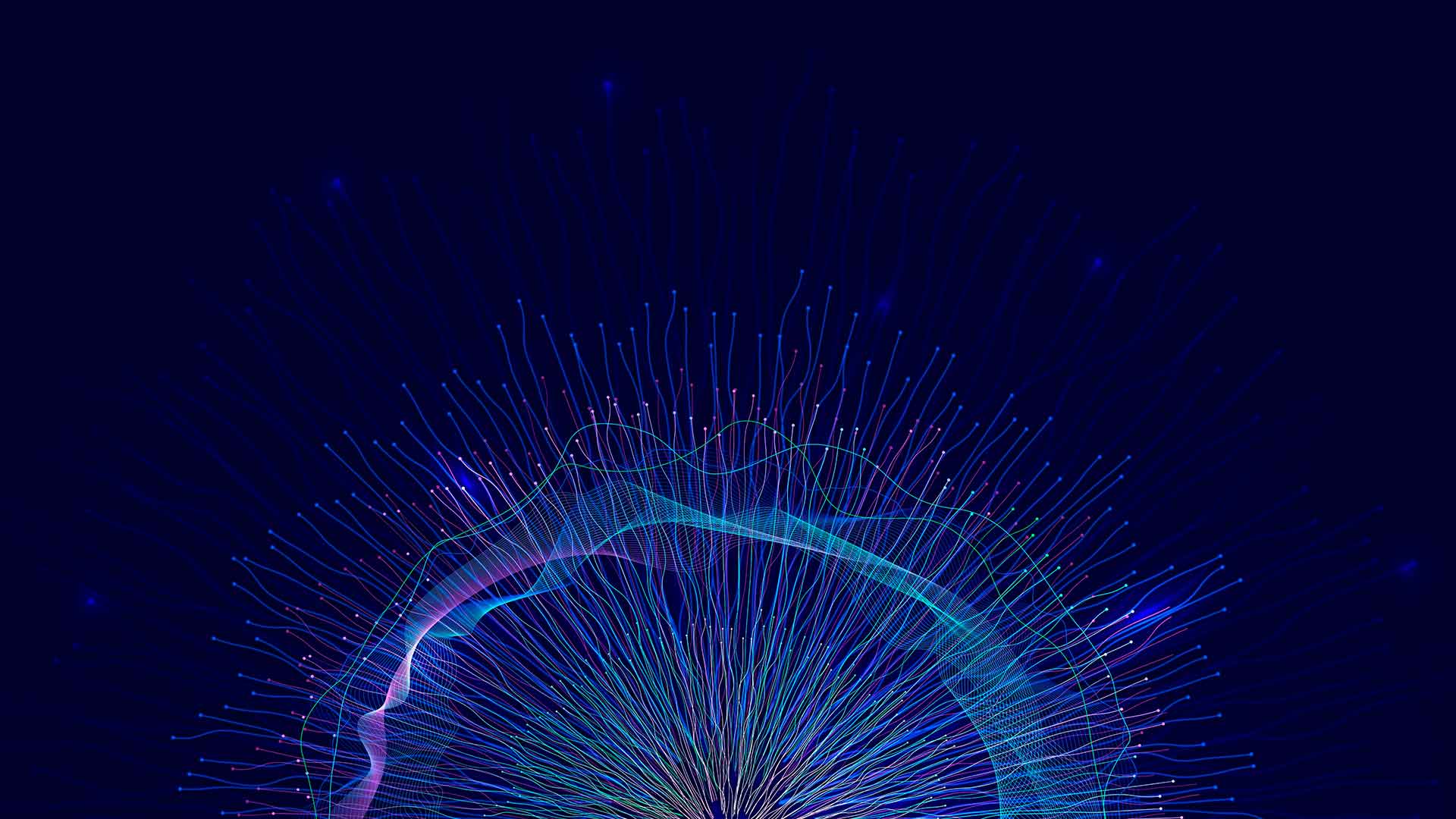- Sectors
- Aerospace & Defense
- Big science
- Fintech
- Insights

In the field of artificial insemination, the evaluation of semen quality is crucial for optimal fertility results in the field. For decades, computerized sperm analysis systems (CASA systems), based on artificial vision, have been an invaluable tool in this process, offering objective and rapid measurements of the essential parameters that determine sperm quality.
However, the advent of technologies such as artificial intelligence could mark a significant milestone in seminal evaluation, as it has already done in other fields, such as new drug development. AI with its ability to learn from data and patterns could greatly expand the capabilities of traditional CASA systems, providing new opportunities to improve the accuracy and efficiency of seminal analysis.
In the early CASA systems, computer vision applied an analysis process that consisted of applying a series of filters and phase contrast to images captured by a microscope. This process was intended to reduce the images to distinctive elements, such as the heads and tails of spermatozoa.
Once these elements were identified, the software used specific algorithms to perform measurements and area calculations. Based on the size of the head area obtained, the software determined whether the identified element corresponded to a spermatozoon or not. In this way, it performed a sperm count to determine the seminal concentration.
Over the years, these algorithms were extended to evaluate a variety of additional parameters that influence sperm quality based on this initial area calculation.
For example, if a bulge of a certain area was identified in the sperm tail, either at the beginning or in the middle of the tail, the software concluded that the sperm had a cytoplasmic droplet. This extension allowed CASA systems to begin analyzing abnormal shapes, thus expanding their ability to assess sperm quality.
One of the main limitations of traditional CASA systems lies in their method of sperm detection, based exclusively on area analysis.
On the one hand, machine vision analysis is greatly affected by changes in illumination, color, the presence of artifacts or alterations in the optics. Any modification in the microscope objective, light intensity or misalignment of the condenser axis can cause difficulties for the software in cell detection and counting.
On the other hand, variability in the time at which the video is captured and the angle at which the sperm is viewed can cause the sperm to appear in a flat or lateral view, which would alter its detection area. In addition, if the sperm crosses another sperm in the field of view or encounters any kind of particle, the machine vision could discard it or detect it erroneously.
Ultimately, these limitations underscore the need to continue to explore new technologies and approaches that can overcome these obstacles, thereby improving the accuracy and reliability of seminal evaluation.
The advent of artificial intelligence technology is a major breakthrough for CASA analysis systems, marking the leap from machine vision to artificial intelligence in seminal evaluation.
This breakthrough lies in the fact that CASA systems will be able to take advantage of raw images, eliminating the need to apply filters or perform image preprocessing prior to analysis. Instead of relying solely on predefined area calculations, the introduction of artificial intelligence allows the software to adapt, filter and make decisions autonomously.
ARQUIMEA, from its agrotech sector, has already successfully applied artificial intelligence in its CASA system of seminal analysis ISAS, creating a neural network composed of thousands and thousands of images of spermatozoa. Within that neural network the technology has labeled, on the one hand, what are cells and what is dirt within the sample and, on the other hand, abnormal sperm shapes.
This approach allows the software not to rely exclusively on the calculation of head areas, but to delegate to the neural network itself the ability to make decisions on the identification of spermatozoa and the detection of abnormalities.
The advantages provided by the application of artificial intelligence to semen analysis not only lie in a more accurate and much less influenced method for determining semen quality, but also in the ease of adapting the analysis to new species or the scalability it provides, allowing the model to be improved with each new analysis.
In conclusion, the integration of artificial intelligence in CASA analysis systems represents a significant advance in the evaluation of semen quality in animal reproduction. This leap from machine vision to artificial intelligence will allow a more accurate analysis that is less susceptible to external influences.